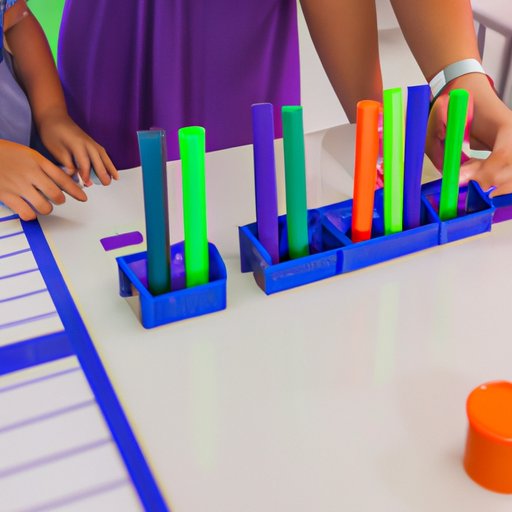
Introduction
Primary education is the foundation upon which a child’s academic career is built. It is the first formal experience a child has with education and sets the tone for future learning. Primary education is essential for the holistic development of a child’s cognitive, social, emotional, and physical abilities. In this article, we’ll explore the concept of primary education, its importance, evolution, and the challenges it faces. We’ll also provide tips for preparing your child for primary education and delve into innovative techniques that enhance the learning experience.
A Beginner’s Guide to Understanding Primary Education
Primary education refers to the first stage of formal education, typically targeting the age group of 5-11 years. Its primary goal is to facilitate the acquisition of basic literacy and numeracy skills, which will aid students throughout their academic careers and daily lives. The curriculum covers various subjects such as languages, mathematics, science, social studies, and art, among others.
During primary education, students are expected to learn the basic skills necessary to read, write, and perform basic mathematical operations. They are also introduced to broader subjects, such as history and geography, to develop their understanding of the world around them.
The Importance of Primary Education
Studies show that primary education has a significant impact on a child’s academic, social, and economic development. The benefits of primary education extend beyond just basic literacy and numeracy skills. With primary education, children learn problem-solving, communication, and critical thinking skills that are useful throughout their lives.
The socialization that takes place during primary education allows children to learn how to interact with others and develop a sense of community. Research also shows that primary education is a significant contributor to economic growth as it builds human capital and creates a skilled workforce.
The Evolution of Primary Education
Primary education has evolved significantly throughout history. In ancient times, primary education was available only to the elite and focused mostly on religious studies. It was only during the 19th century that primary education became accessible to the general population.
The introduction of compulsory education laws in the early 20th century led to an increase in the number of students attending primary schools. The rapid technological advancements of the late 20th century have revolutionized the way students learn, and primary education has adapted to incorporate technology in teaching and learning.
Challenges in Primary Education
Primary education faces numerous challenges that hinder the delivery of quality education to all children. One such challenge is the lack of resources, including suitable buildings, textbooks, and trained teachers. Additionally, the quality of education often varies depending on geographic location, with rural schools lagging behind urban schools.
Another critical challenge is the issue of inclusivity, with many marginalized and disadvantaged groups, such as children from low-income families, girls, and children with disabilities, not receiving adequate education. Providing equitable access to quality primary education to all children is crucial in overcoming these challenges.
How to Prepare Your Child for Primary Education
Parents play a significant role in preparing their children for primary education. One of the essential things parents can do is create a conducive learning environment at home by providing a space for children to study, read, and do their homework. Reading aloud to children and encouraging them to read will help them develop language skills necessary for success in primary education.
Parents can also enroll their children in preschool to prepare them for the academic structure of primary school. Finally, teaching and instilling values such as discipline, independence, responsibility, and resilience is essential in preparing children for primary education.
The Innovative Techniques Used in Primary Education
Primary education has embraced innovative teaching techniques that enhance the learning experience. One such technique is game-based learning, which uses game elements to teach students various subjects. This technique makes learning fun, interactive, and engaging and helps students retain information effectively.
The flipped classroom is another innovative technique that reverses the traditional classroom structure. Students learn the course content at home, and class time is for the application of the learned content. This technique helps students become active learners while allowing teachers to personalize learning to individual student needs.
Conclusion
Primary education is the building block of a child’s academic and social development. It sets the foundation for future growth and success. While primary education has come a long way, it faces numerous challenges. By providing equitable access to quality primary education to all children, prioritizing inclusivity, and embracing innovative teaching techniques, we can improve primary education and pave the way for a brighter future.





